Hooking up dishwasher drain question
jk55
12 years ago
Related Stories

HOUSEKEEPINGDishwasher vs. Hand-Washing Debate Finally Solved — Sort Of
Readers in 8 countries weigh in on whether an appliance saves time, water and sanity or if washing by hand is the only saving grace
Full Story
HOUSEKEEPINGTackle Big Messes Better With a Sparkling-Clean Dishwasher
You might think it’s self-cleaning, but your dishwasher needs regular upkeep to keep it working hard for you
Full Story
REMODELING GUIDESConsidering a Fixer-Upper? 15 Questions to Ask First
Learn about the hidden costs and treasures of older homes to avoid budget surprises and accidentally tossing valuable features
Full Story
ORGANIZINGPre-Storage Checklist: 10 Questions to Ask Yourself Before You Store
Wait, stop. Do you really need to keep that item you’re about to put into storage?
Full Story
BATHROOM DESIGNHow to Choose the Best Drain for Your Shower
Don't settle for a cheap fix when you can pick a shower drain that suits your style preferences and renovation codes alike
Full Story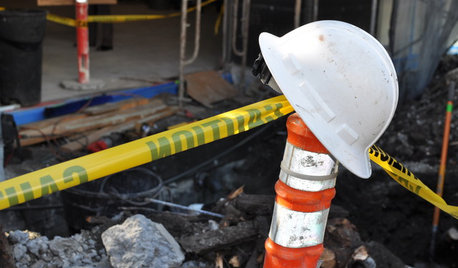
WORKING WITH PROSHow Long Is Your Contractor on the Hook?
Understand how a warranty protects homeowners from shoddy work — and builders from being liable for their work for forever and a day
Full Story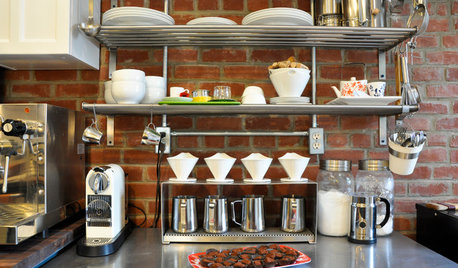
SHOP HOUZZHouzz Products: Set Up Your Dream Coffee Station
Wouldn’t it be nice to have your own café that never closes? With these tools and accessories from the Houzz Products section, you can
Full Story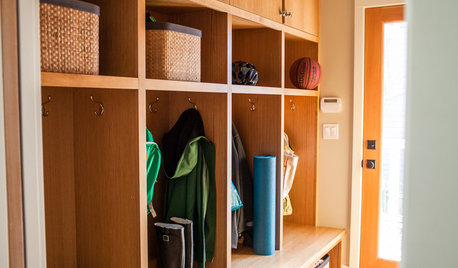
THE HARDWORKING HOMEMudrooms That Really Clean Up
The Hardworking Home: Houzz readers get down and dirty with their ideas for one of the home’s hardest-working rooms
Full Story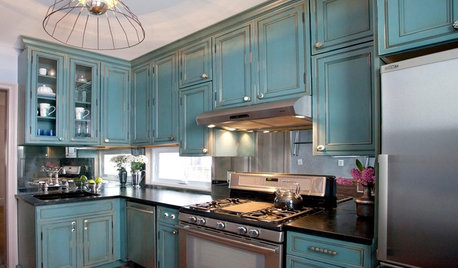
KITCHEN DESIGNKitchen of the Week: Turquoise Cabinets Snazz Up a Space-Savvy Eat-In
Color gives a row house kitchen panache, while a clever fold-up table offers flexibility
Full Story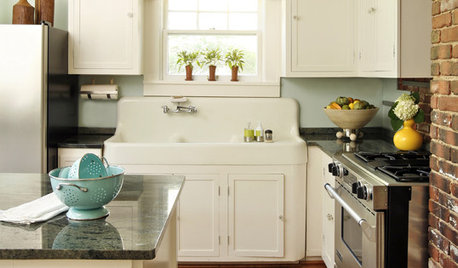
KITCHEN DESIGNHow to Set Up a Kitchen Work Triangle
Efficiently designing the path connecting your sink, range and refrigerator can save time and energy in the kitchen
Full Story





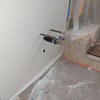

jakethewonderdog
lazypup
Related Professionals
Milford Plumbers · Holden Kitchen & Bathroom Remodelers · Charlottesville Kitchen & Bathroom Remodelers · Gilbert Kitchen & Bathroom Remodelers · Hunters Creek Kitchen & Bathroom Remodelers · Key Biscayne Kitchen & Bathroom Remodelers · Londonderry Kitchen & Bathroom Remodelers · Newberg Kitchen & Bathroom Remodelers · Port Orange Kitchen & Bathroom Remodelers · South Plainfield Kitchen & Bathroom Remodelers · Wilmington Kitchen & Bathroom Remodelers · Hawthorne Kitchen & Bathroom Remodelers · Wilmington Island Kitchen & Bathroom Remodelers · Ojus Kitchen & Bath Fixtures · Paradise Kitchen & Bath Fixturesjakethewonderdog
asolo
brickeyee
weedmeister
brickeyee
lazypup
brickeyee
lazypup
brickeyee
lazypup
davidro1